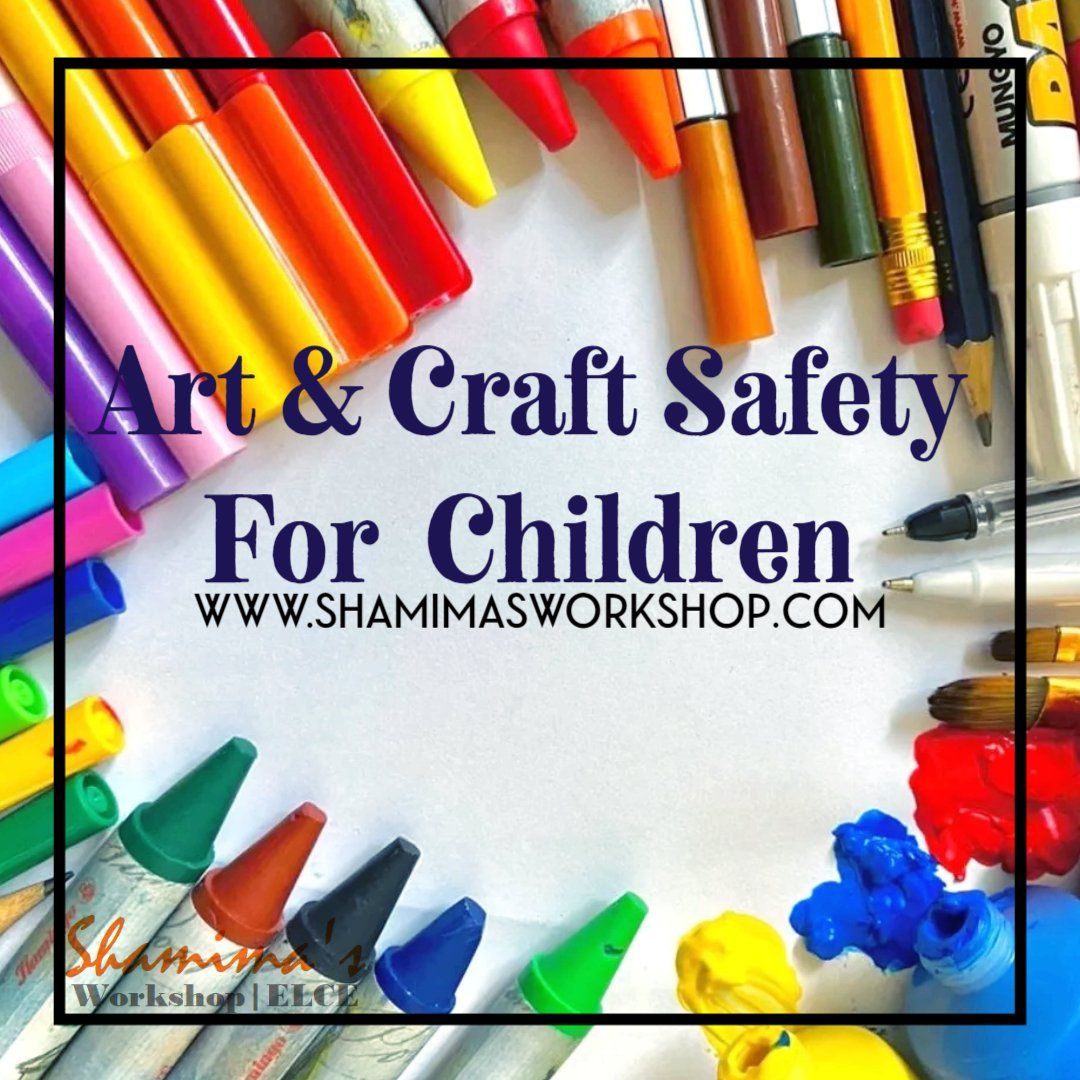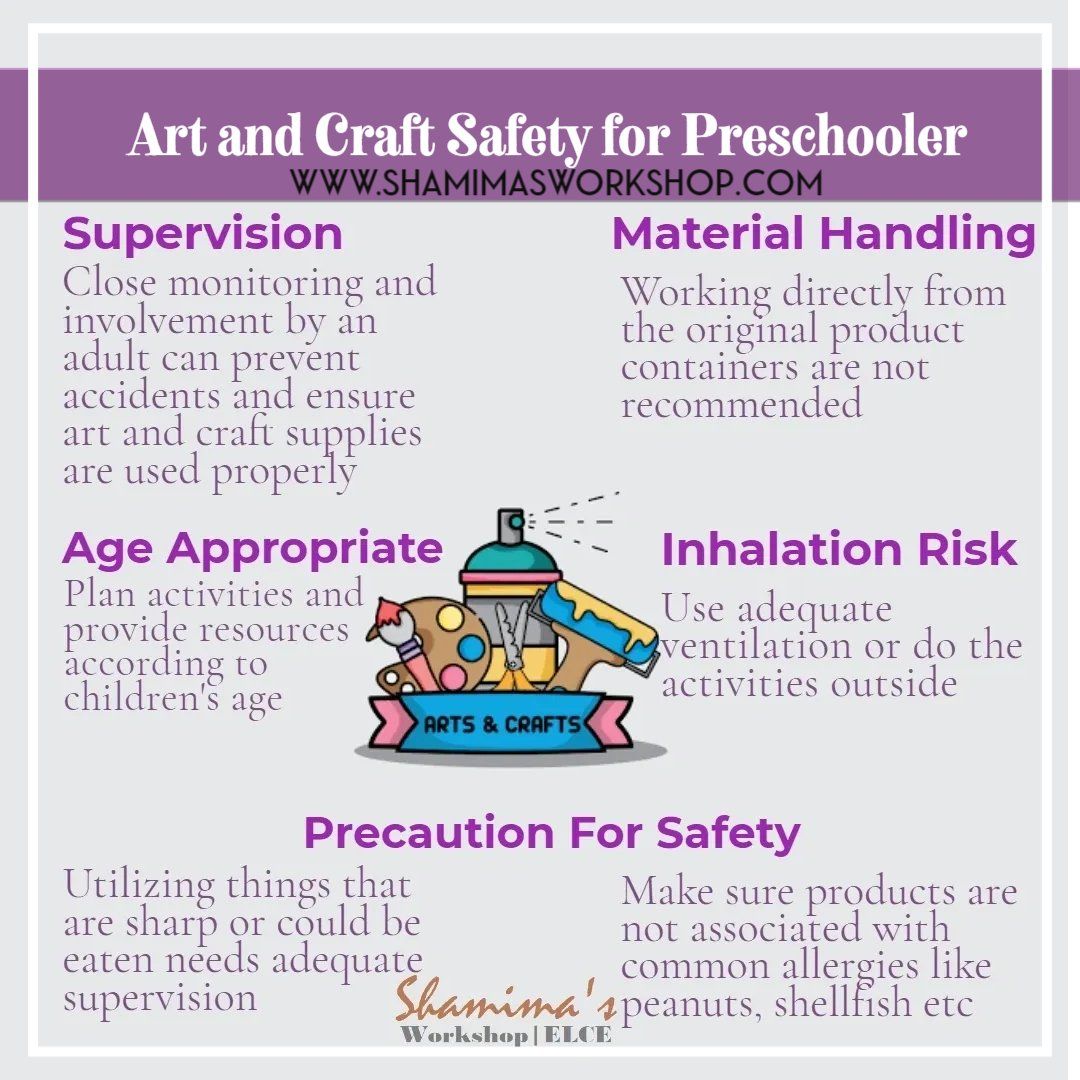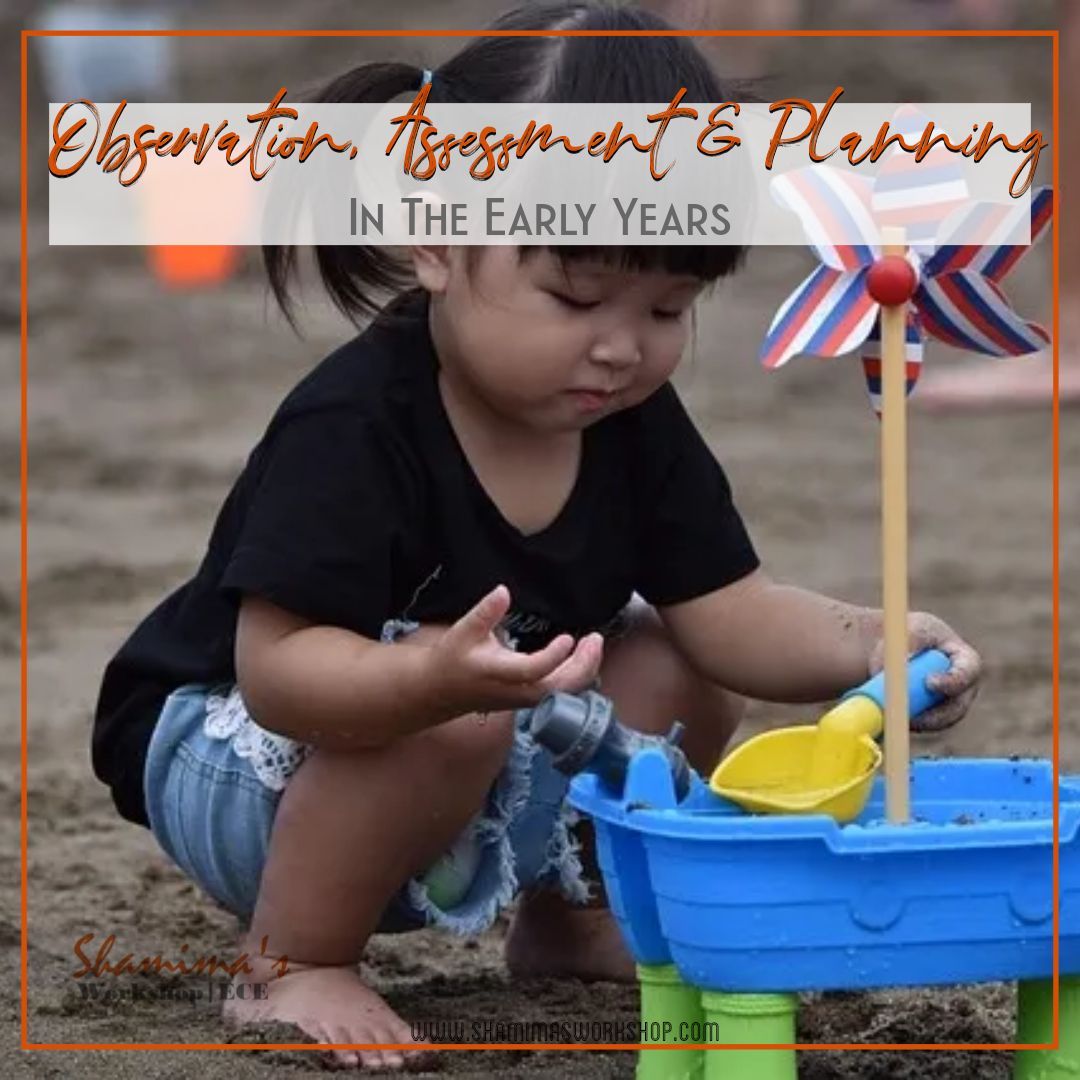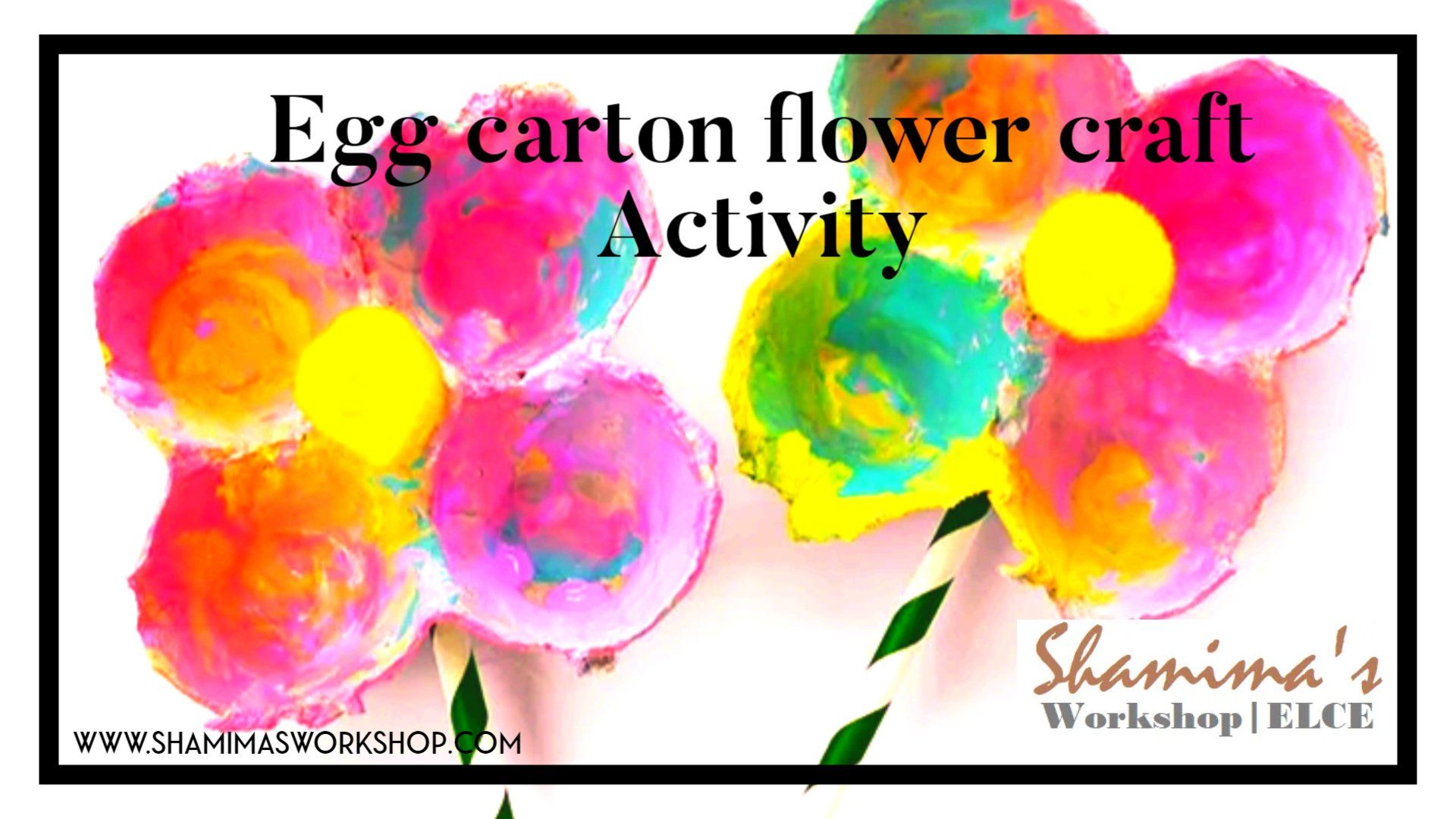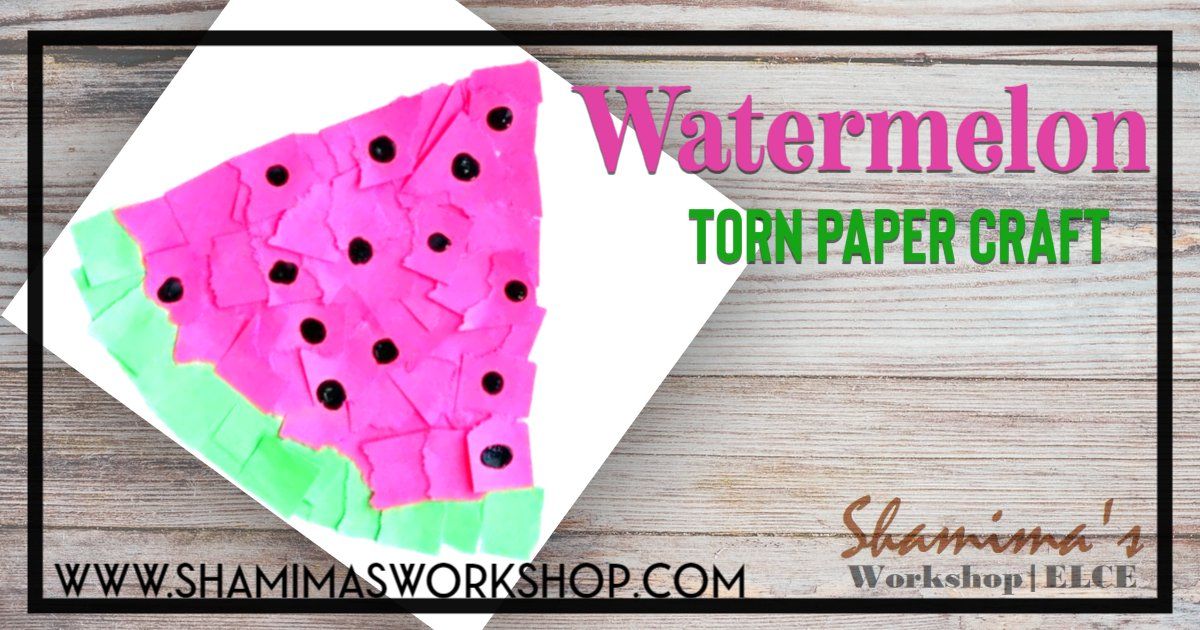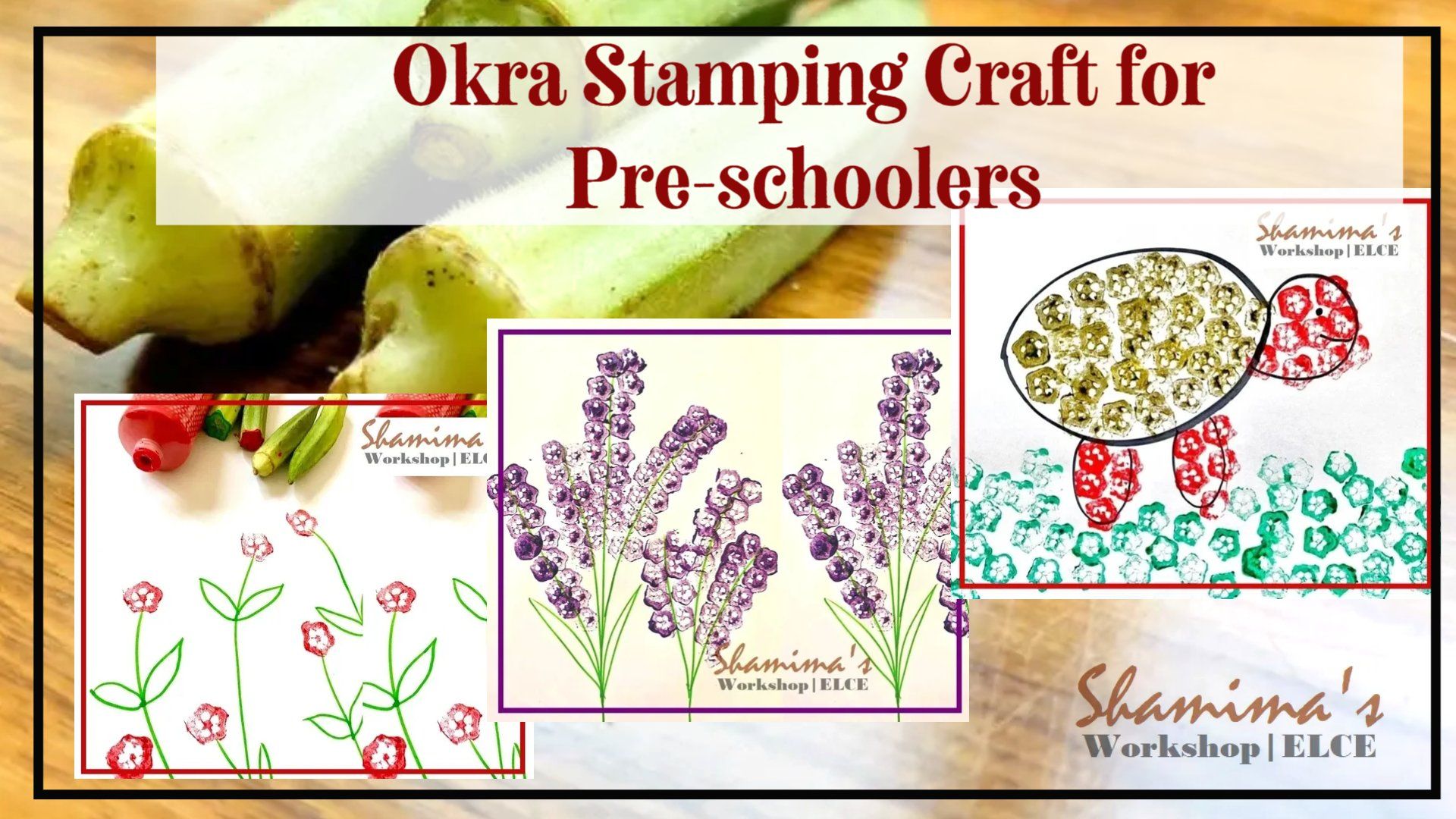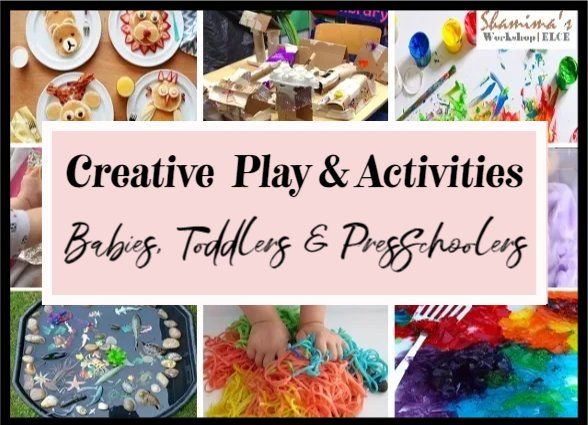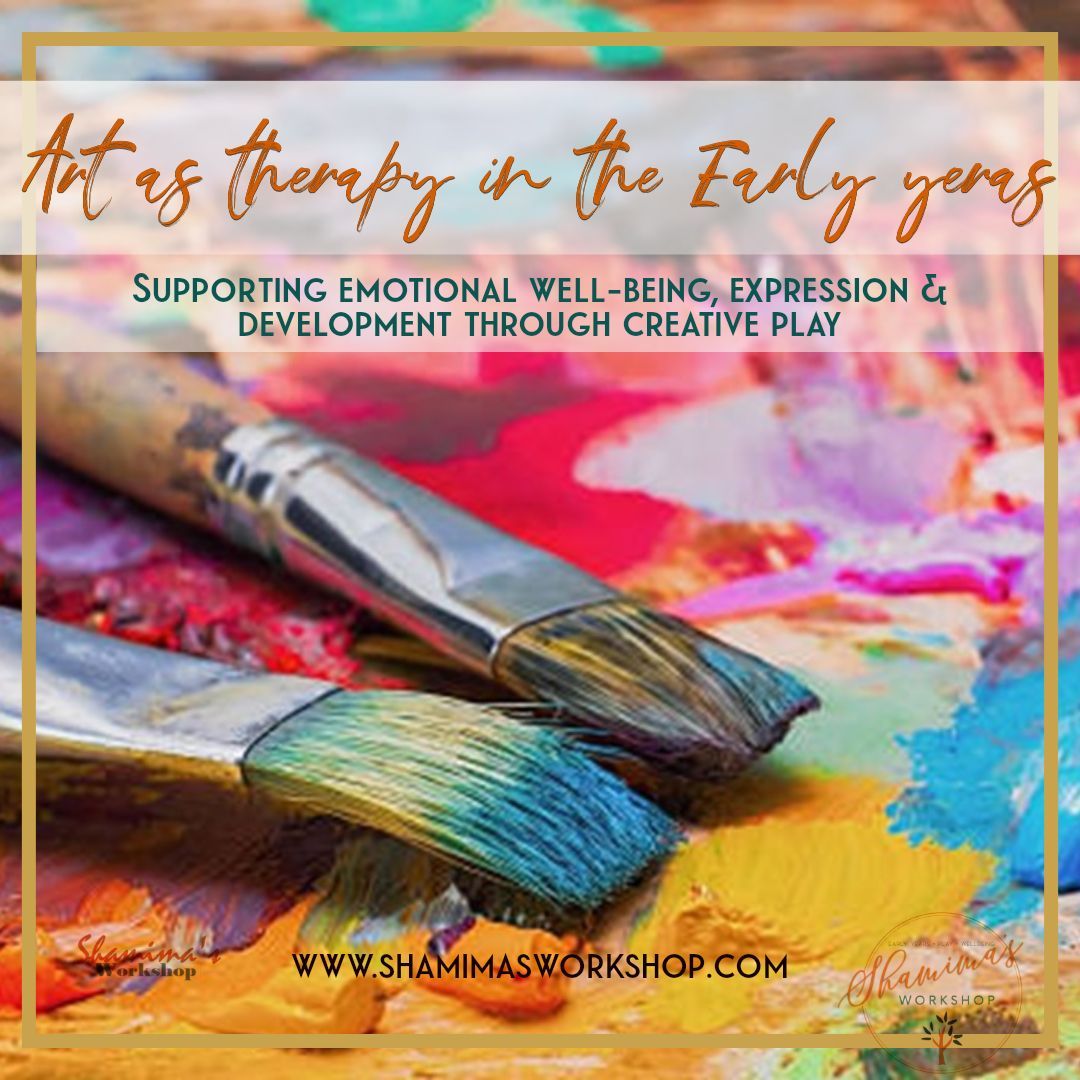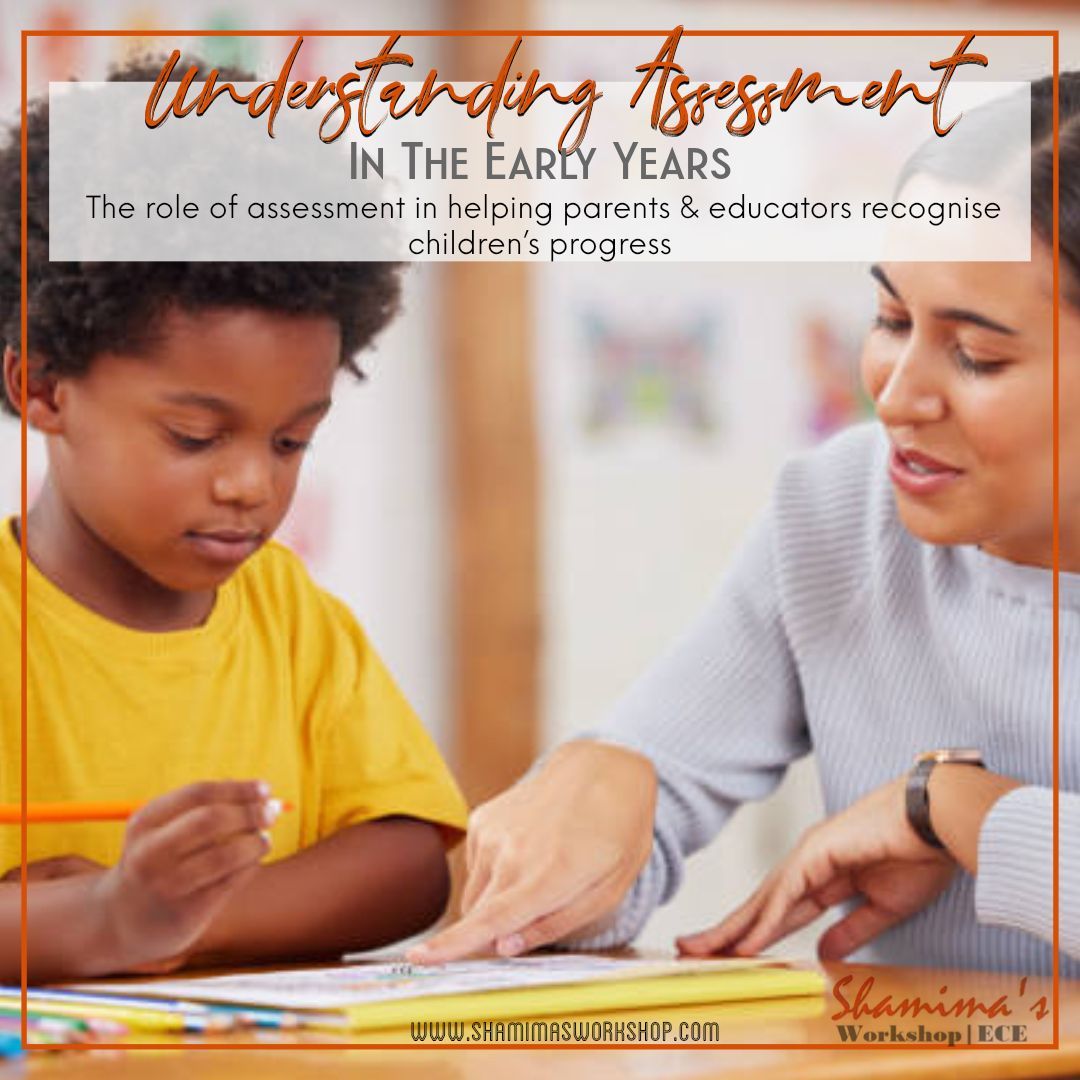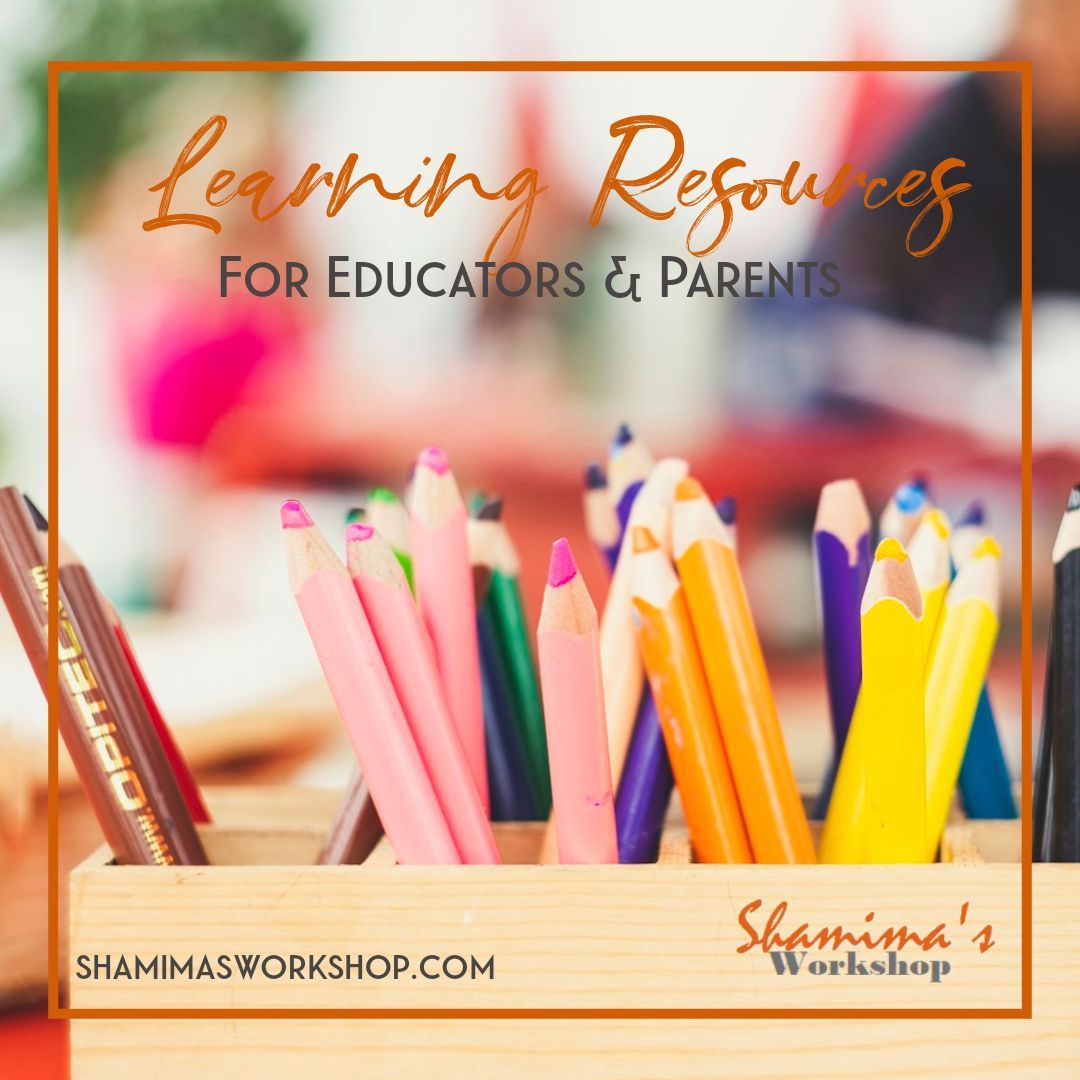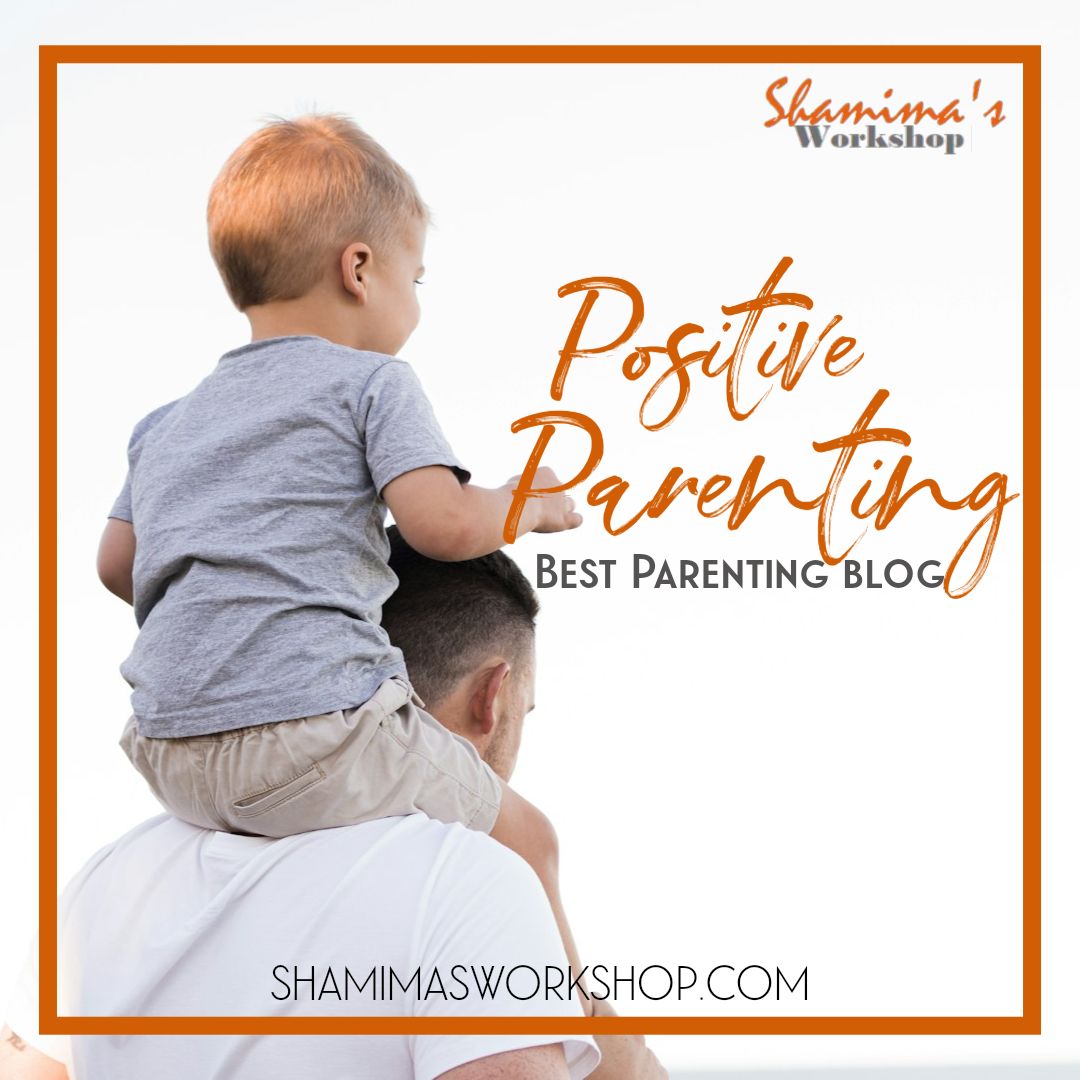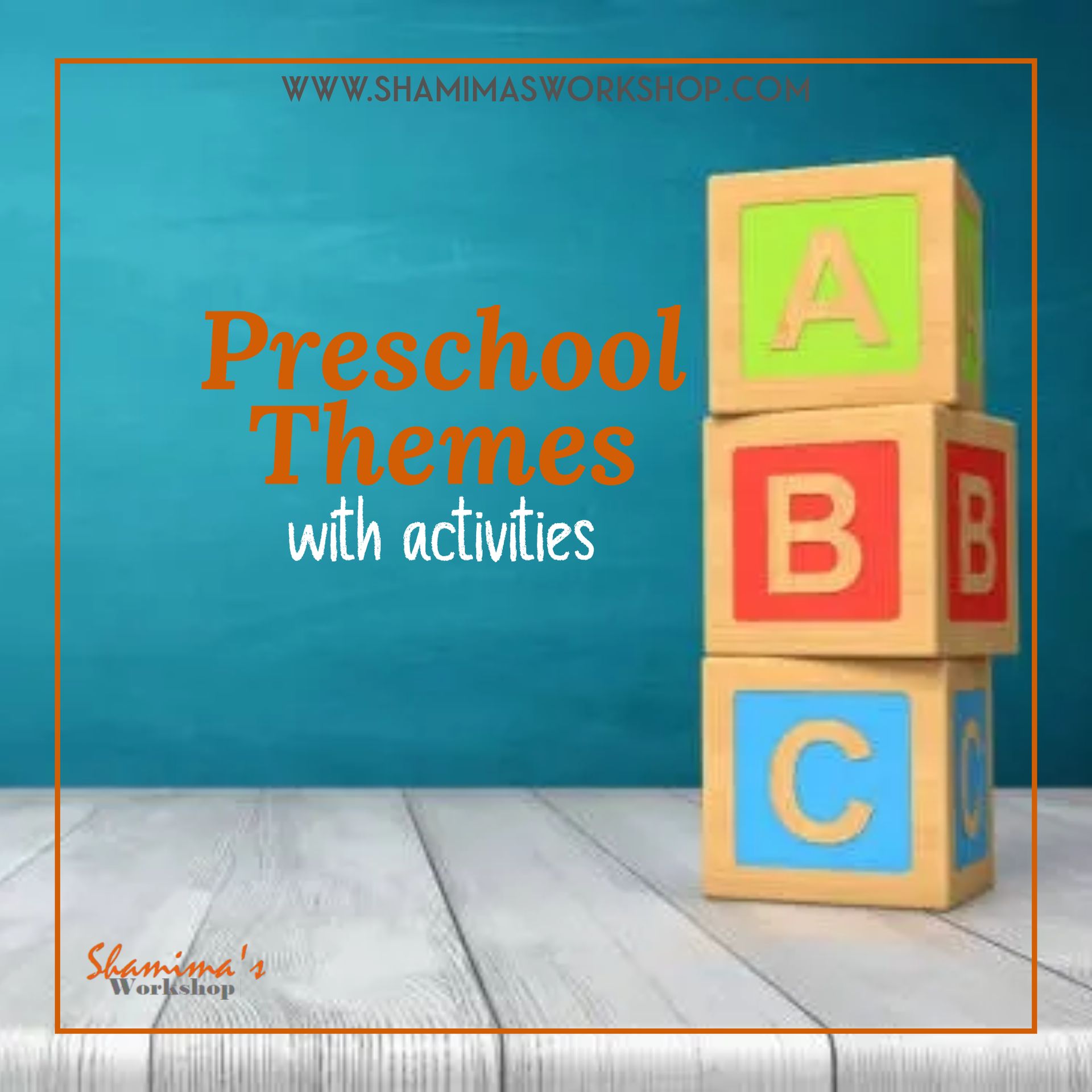For each activity the health and safety risks that would need to be considered when providing the activity for young children. Lets see how to the deal with the health and safety risks in relation to each craft activity.
Age Appropriate :
Not all craft activities are right for children. We have to plan Craft activities should be age-appropriate and they are much more enjoyable and resources should be according to their age requirement. We should follow the recommended age grading for each craft or the age mentioned on the product packaging, whichever is older. Crafts are graded by age based on the products used and recommended extra resources. Adults are responsible for ensuring that the crafts are not accessible to children under the age range specified in the age grading. If you have any questions about a product, contact the manufacturer to find out what substances are used in the products and if they are safe for children.
Supervision:
Any arts and crafts activity requiring adult supervision must be supervised by an adult. Close monitoring and involvement can help prevent accidents and ensure that arts and crafts supplies are used properly. Small components should be avoided in activity’s involving children under the age of three. Sharp points should not be used near children under the age of four. Read the product instructions and safety warnings to yourself first, then to your children. So you don't have to leave the young children alone, gather everything you'll need for the activity. Before beginning a activity, research the possible dangers of every tool or supplier.
Inhalation Risks
Inhaling dust and fumes from art and craft supplies can be dangerous. Chalk, ceramic glaze, paints, dry or powered clay, oil paints, spray paints, markers, and other materials can all pose a threat. Use adequate ventilation or do the activities outside. Proper ventilation is a must, especially considering that many of us do our crafting in small spaces Open windows or use a fan to point fumes and dust away from you and children. In some situations, it might be safer to work outdoors.
Risks to skin:
Cuts, irritations, allergic reactions, and burns can all be caused by several arts and crafts products. These injuries can be caused by scissors, hot glue guns, and solvents. Protect your hands, torso, and head with protective gear.
Use items only for skin painting or food preparation if they are specifically labelled for that use.
Material Handling:
Do your research, read the labels carefully, and follow the directions wherever children is involved - whether you're buying toys or supplies and equipment for enjoyable arts and crafts activity, child's safety always comes first. Don't utilize resources for things they weren't meant to be used for. When feasible, choose safer materials, but keep all items out of reach of children. Organize your stuff.
Working directly from the original product containers is not recommended; instead, open them, take what you need, and reseal them. Cleaning egg carton parts, yogurt containers, throwaway drinking cups, and other items to store paint during art and craft can be done.
Take only as much paint as you'll need for that day's activity. Any unused paint should be disposed of by flushing it down the drain (away from your food preparation area) or sealing it in a container and placing it in a trash can or dumpster outside the building. The unused sections should not be returned to the original container since they may deteriorate and contaminate the remaining paint.
Risks of Ingestion:
Children of any age can inadvertently consume harmful chemicals, but children are more vulnerable. Turpentine, paints, and pigments are all potentially hazardous.
Precautions For Safety
Art and craft time may be soothing for young children while also encouraging them to express themselves in new ways. Children can safely enjoy your creativity by following a few easy safety precautions. While working with children, make sure they do not eat or drink the art material like paints. After each use, wash the children's hands, your own hands, and your materials thoroughly. It's not a good idea to put the clean-up area in the middle of the room.
Do not move your art supplies to another container. Always keep them in their original package, which contains information on the ingredients and safety precautions.
When young children are utilizing things that are sharp or could be eaten, provide adequate supervision.
Before using any products make sure that are not including any of ingredients that are associated with common allergies like peanuts, shellfish, fish, tree nuts, eggs, or milk. Young may have allergies to this ingredients.
Scissors have sharp cutting edges, so use caution when cutting or handling them." Only children above the age of four should use blunt-tip scissors. Only children aged 6 and up should use scissors with a pointed tip.
Children under the age of four should not do crafts that require the use of a functional sharp point." (Use staples, chenille stems/pipe cleaners, wire, pins, jewelry backings, sewing needles, or pushpins/thumb tacks, for example.) Adult supervision is required, and adult help may be required. An open-bladed craft knife or a carving knife should never be used by a child of an adult.
Ventilation
If you're working on a craft activity that produces fumes, vapors, or dust, be sure you have enough ventilation. Even elements that are harmless in little amounts might be dangerous in huge amounts. Even little amounts of dust from treated wood or dried clay might be dangerous. You'll need a system that can remove old air while also bringing in new air. An open window may be enough. Remember to clean the work area after finishing the activity.
Good health and safety habits may be acquired at any age, and no child is ever too young to be safe when participating in a fun craft activity. Today's safety and labeling requirements are intended to ensure that children's art and craft goods are safe when used as intended. Anyone buying art supplies for children should read the labels and safety warnings to make sure the materials are suitable and safe.
Don’t forget to pin these tips
